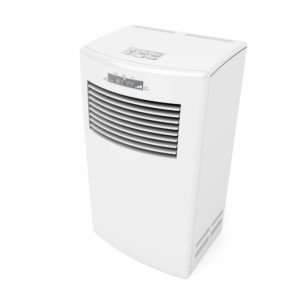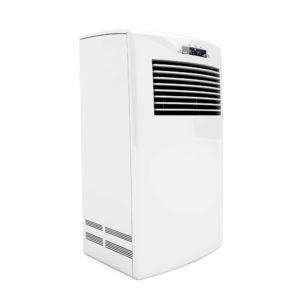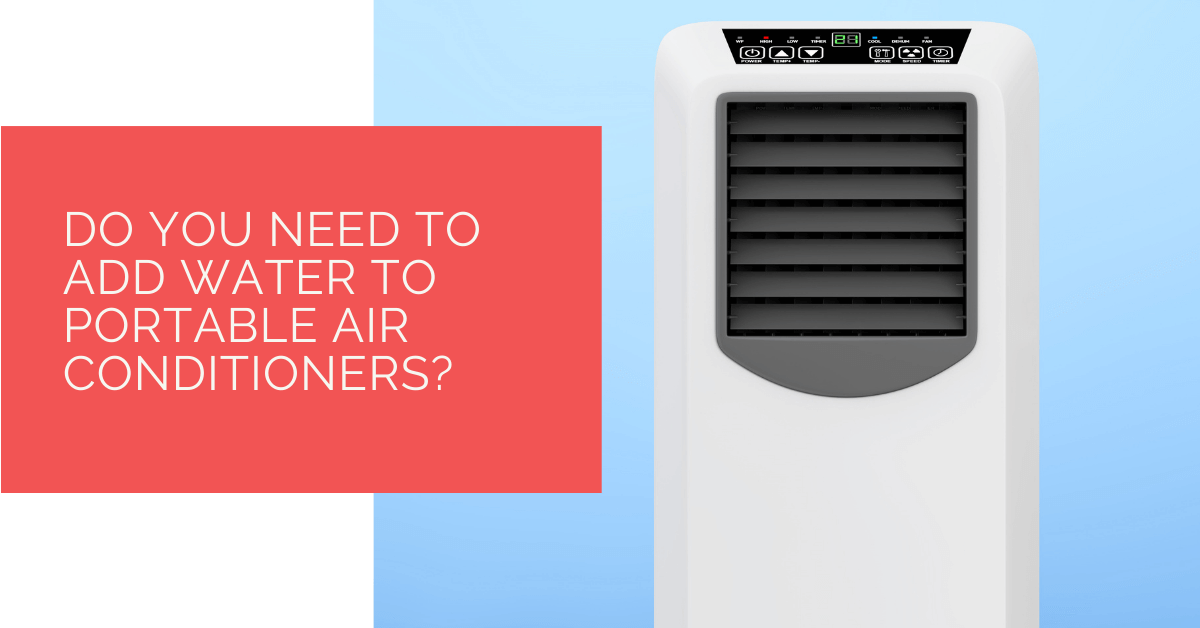If you’re the owner of a portable air conditioner, then you’ve probably wondered if you need to add water to it. In this blog post, we’re going to answer that question for you and give you some further information about portable AC units. Read on to learn more!
Contents
Key Takeaways
- Adding water to portable air conditioners depends on the type: Regular portable AC units with exhaust hoses do not require water, while ventless models benefit from adding water to improve efficiency.
- Portable air conditioners are a cost-effective and easily movable solution for cooling small spaces, offering an alternative to expensive central cooling systems.
- Portable AC units typically consist of a cooling substance, compressor, and fan, which work together to cool the air by removing heat and condensation. Water management is crucial for their efficient operation.
Do You Need To Add Water To Portable Air Conditioners?
The answer is yes and no!
If you use a regular portable air conditioner, you do not need to put water to vent hot air, especially in one with an exhaust hose. However, for a ventless model, you need to add water.
This is because regular portable air conditioners extract the moisture from the room air and push it outside. Some portable units collect this water in a tank or let it flow through an exhaust hose. Also, you don’t need a hose if use a cooling tower.
On the other hand, their ventless counterparts have a fan that pulls the water out of the tank and sprays it providing cooled air. Now you can operate these units without water, but their cooling will not be as efficient.
What is a portable air conditioner?
Installing the best air conditioner or owning a central cooling unit is an expensive affair for many.
This is where buying a portable AC unit can help with the extra heat. The portability of the air conditioners allows you to easily place them anywhere you like.
One must not confuse this with a swamp cooler or an evaporative cooler. Although, those are less expensive options than popular window AC or wall-mounted AC.
Additionally, you do not even need to be bothered too much about their maintenance.

How do portable ACs function?
Portable cooling units are not permanent installations. Also, water-cooled units can heat internally, so there is no requirement for a separate heat system. Moreover, these are more compact than their air-cooled variants. The regular portable units you carry operate on normal household standard voltage.
These air conditioners are an excellent choice for enhancing the air quality of small spaces. They can even be used to cool computer server rooms. You can install them by using a drop ceiling or wall vent, or by using a plastic window kit for venting.
Different components of portable air conditioners
Usually, these AC units have three components:
- A cooling substance or refrigerant
- A compressor
- And a fan
The fan’s cooling power pulls the hot air inside. Subsequently, the condenser coils cool it down via the water vapour.
The hot air is pushed towards the refrigerant in the coils, causing it to heat up. The heated refrigerant then causes high pressure inside the portable ACs and the compressor functions on the refrigerant.
Where do you put the water?
Portable air conditioners crank out condensation while cooling. Water is usually drained via a hose or stored in a tank. You can even gravity drain them with a hose when they produce condensation. If you purchase an energy-efficient portable model, it will require minimal water usage to produce condensation.
Moreover, most portable AC units come with a water reservoir to dehumidify your room. Unless your unit comes with a flexible hose, you will need to add water periodically while putting water in a portable air conditioner.
You can also add water to the collection tank to get rid of the excess heat. Since the water is used this way, there is no need to frequently empty the condensate tank.

Heat Pump Source: Reliable Heating and Cooling Solutions
At Heat Pump Source, we take pride in our unwavering commitment to serving the UK with top-tier HVAC solutions. From the efficiency of heat pumps and the cool relief of air conditioning to the warmth of boilers, radiators, and underfloor heating, our dedicated team is always at the forefront of innovation. We understand the unique needs of every household and business, and we strive to provide dependable health and cooling products and services that are tailored just for you. Ensuring your comfort and satisfaction is our utmost priority. Whether you have questions, need guidance, or require support, we’re always here to assist. Please don’t hesitate to contact us; we’re eager to be of service.
Wrapping up
A water-cooled air conditioner has plenty of benefits over air-cooled AC units. They do not produce negative air pressure like the air-cooled units and are more compact and convenient. Moreover, they have a higher energy efficiency rating and prevent water waste.
Additionally, these units can perform at high temperatures as well.
Just make sure to check the unit every day, and depending on the humidity level, drain it often. Also, do check the tank of the portable air conditioning for any early signs of mould.
About the Author
At Heat Pump Source, our articles are the product of a collaborative effort among a team of highly skilled HVAC experts. Our dedicated professionals, hailing from diverse backgrounds in heating, ventilation, air conditioning, and refrigeration, contribute their extensive knowledge and experience to every piece of content. This multidisciplinary approach ensures comprehensive coverage. Our commitment is to deliver authoritative, reliable, and tailored advice to meet the unique needs of every household and business across the UK.

